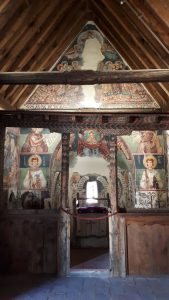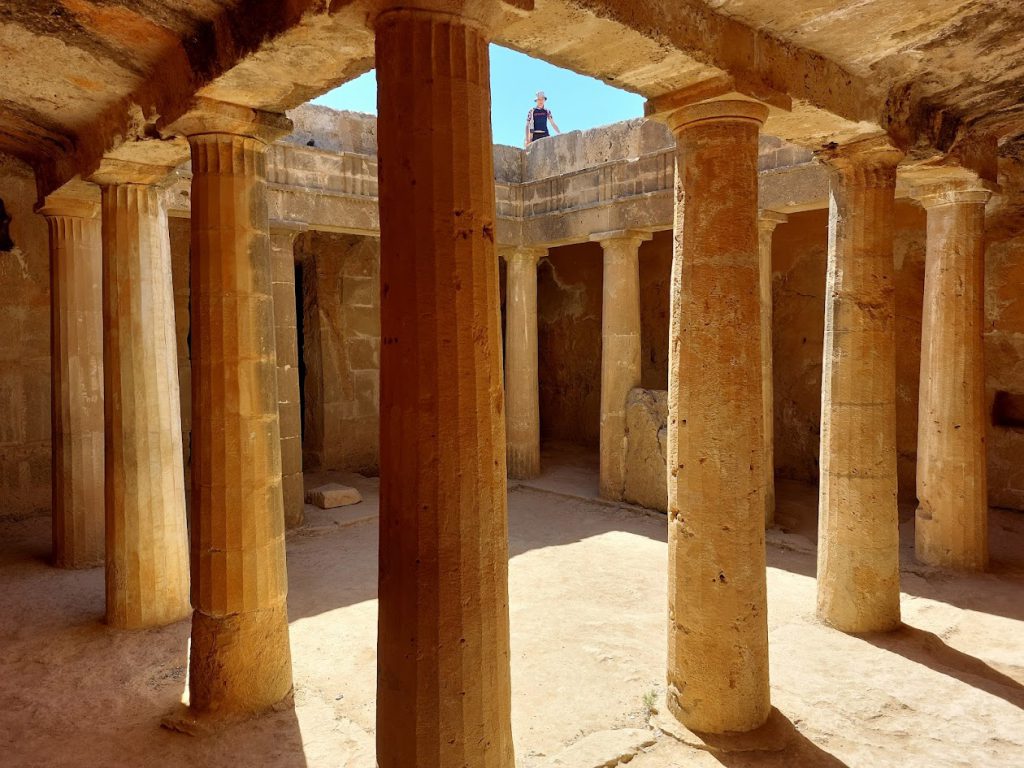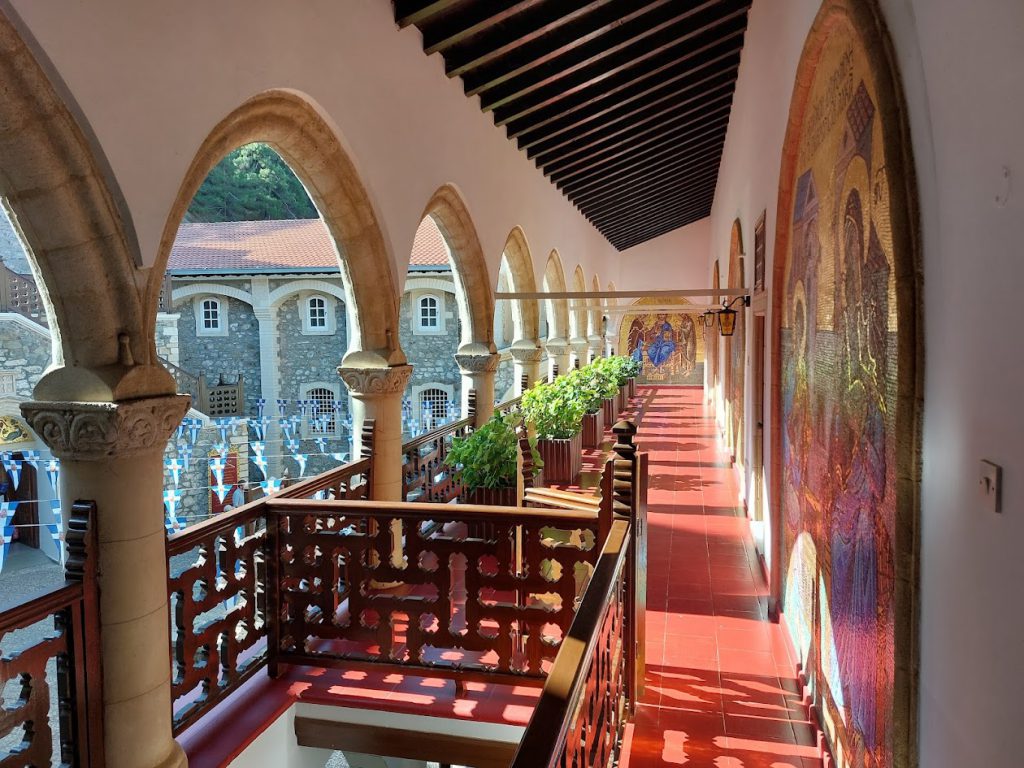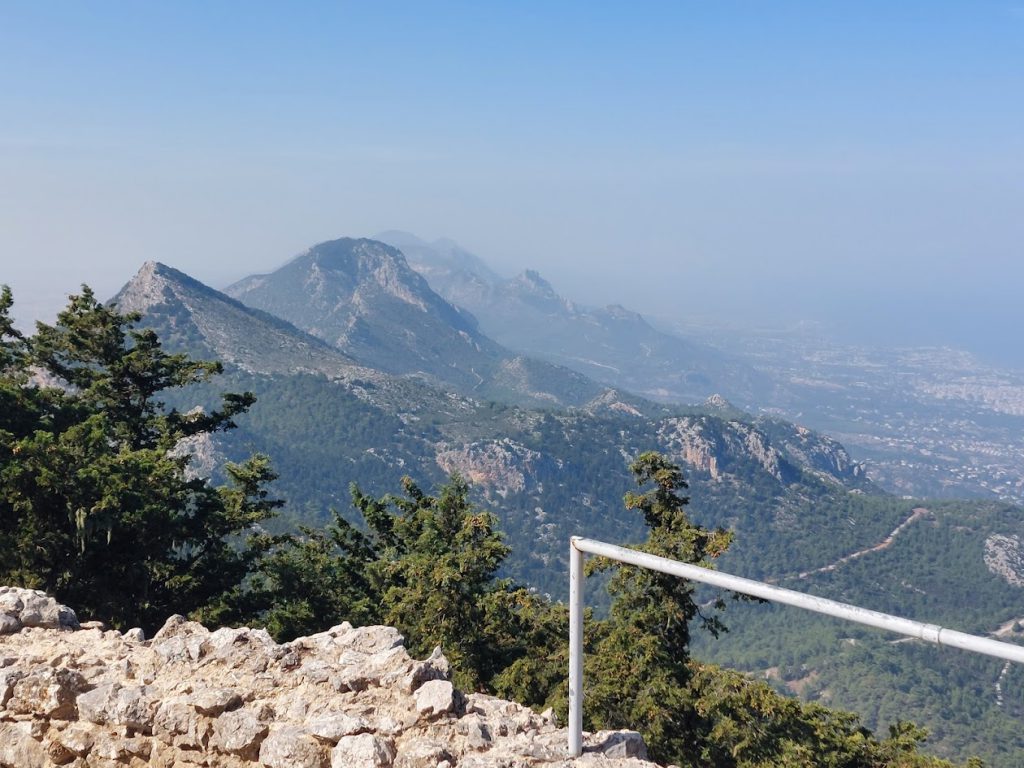Sights in Cyprus
Cyprus is an island steeped in history and cultural heritage, offering visitors a wide range of sights, from UNESCO World Heritage Sites to other important historical sites. Below you will find an overview of these fascinating places.
Southern Cyprus
Churches of Cyprus in the Troodos Mountains (UNESCO)

The Troodos Mountains are home to a wealth of picturesque villages and several Byzantine churches and monasteries, all of which are UNESCO World Heritage Sites. These churches date back mostly to the 11th to 16th centuries and are renowned for their magnificent frescoes. Churches such as the Church of St. Nicholas and the Church of Archangel Michael in Pedoulas are unique examples of Byzantine art and architecture. These buildings demonstrate the influence of the Orthodox Church on the island, and their frescoes are a valuable testament to the religious life and artistic skills of the time.
In addition to their religious significance, these churches are important cultural monuments that contribute to the understanding of the history and identity of Cyprus. Many of these churches are still in use and still hold services, giving them a special atmosphere for visitors to enjoy.
Paphos (UNESCO)
Paphos, a city on the west coast of Cyprus, is another major UNESCO World Heritage Site. The historic center of Paphos is a rich archaeological site, including Roman-era mosaic floors that are among the most beautiful in the world. The most famous is the House of Dionysus, where visitors can admire intricate mosaics depicting mythological scenes.
Paphos is also known for its archaeological park, where remains of ancient temples, theaters, and royal tombs can be found. This site offers a unique insight into the life and culture of the ancient inhabitants of Cyprus and is a must-see for any history buff.

Limassol Castle
Located in the center of Limassol, Limassol Castle is an important historical monument. The castle dates back to the Byzantine period and was later rebuilt and expanded by the Lusignan kings during the Crusades. The castle currently houses the Cyprus Medieval Museum, which displays artefacts and exhibits from the medieval period.
Limassol Castle played an important role in the history of Cyprus, particularly during the Crusades and later under Venetian and Ottoman rule. Visitors can explore its historic premises and learn more about the island’s rich history.
Kourion
An ancient city on the southern coast of Cyprus, Kourion is one of the most important archaeological sites on the island. The city was founded in the 2nd millennium BC and played a key role during the Classical, Hellenistic and Roman periods. Highlights include the ancient theatre, which is still used for cultural events today, and the remains of Roman baths and a basilica.
Kourion is also known for its mosaics and other works of art that adorn its historic buildings. A visit to this site offers a unique insight into the life and culture of ancient Cyprus and its importance within the Mediterranean civilization.
Kykkos Monastery
Kykkos Monastery is one of the most famous and richest monasteries in Cyprus. It is located high in the Troodos Mountains and was founded in the 11th century by the Byzantine Emperor Alexios I Komnenos. The monastery is famous for its icon of the Virgin Mary, which is said to be one of three icons painted by Saint Luke. This icon is considered miraculous and attracts pilgrims from all over the world.
Kykkos Monastery is richly decorated and contains many valuable relics and works of art. Visitors can explore its magnificent interiors, gardens and museum that documents the history and wealth of the monastery. It is a place of spiritual and cultural significance, offering tranquility and magnificent views of the surrounding countryside.

Northern Cyprus
Castles in Northern Cyprus
Castle of St. Hilarion
Castle of St. Hilarion is one of the most famous and best preserved castles in Northern Cyprus. Originally built in the 10th century as a monastery, this castle was later converted into a defensive fortress. The castle towers over the town of Kyrenia and offers breathtaking views of the surrounding countryside.
Historically, the castle served as a defensive fortress against Arab raiders and later as a summer residence for the Lusignan kings. Its strategic location and robust architecture make it a fascinating place to visit, where visitors can explore the extensive ruins and enjoy the panoramic views.
Kantara Castle
Located at the eastern end of the Kyrenia Mountains, Kantara Castle is one of the three main castles in the area. It was probably built in the 10th century by Byzantine forces as a defensive point against Arab attacks. The castle is located at an altitude of over 700 meters, which provides exceptional views of the surrounding coast and the interior.
Throughout its history, Kantara Castle served as a defensive fortress and a strategic point from which it was possible to control access to the northern coast. Even today, it amazes visitors with its impressive location and historical significance.
Buffavento Castle
Buffavento Castle is the third of the important castles of the Kyrenia Mountains, located on the highest point of this mountain range. The castle was built
